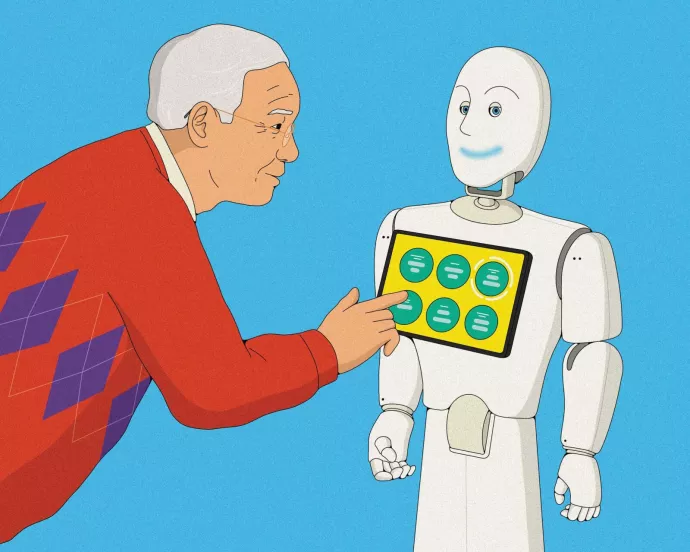The robots are coming: Meet U of T researchers working on the next generation of robotics

With micrometre-level precision, today’s factory robots can assemble thousands of components into a powerful electronic device such as the phone in your pocket. They can perform these intricate and repetitive tasks with great dexterity – in highly controlled settings such as manufacturing plants.
But the world is bigger – and more unpredictable – than a factory floor. Tomorrow’s robots will need to be able to adapt on the fly to changing real-world situations. Consider an autonomous vehicle trying to drive safely through a sudden snowstorm, or search-and-rescue robots seeking earthquake survivors in difficult and shifting terrain. Advances in AI have enabled computers to better understand what they “see” and “hear,” but many challenges remain.
“These are tough problems, but also really exciting ones,” says Hallie Siegel, the associate director of strategy and operations at University of Toronto’s Robotics Institute. Established in 2019, the institute connects about two dozen faculty members, making it one of Canada’s largest research and innovation hubs for robotics and related fields such as AI, controls and sensors. With undergraduate and graduate degree programs, the institute also serves as a training ground for the next generation of robot innovators.
“There is a lot of fundamental research happening in robotics at U of T right now,” says Siegel. “Our faculty and students are working on some of the most challenging questions in the field.”
SNAKE-LIKE ROBOTS THAT FLEX AND EXTEND

Jessica Burgner-Kahrs, the director of the Continuum Robotics Lab at U of T Mississauga, and her team are building slender, flexible and extensible robots, a few millimetres in diameter, for use in industry and surgery. Unlike humanoid robots, so-called continuum robots feature a long, limbless body – not unlike a snake’s – that allows them to access difficult-to-reach places. Burgner-Kahrs envisions a day when a surgeon might use one to take a winding path around vital tissue in the brain but still reach a precise surgical site. A continuum robot could also slide through the interior of a jet engine, inspecting it for damage. The lab is experimenting with novel forms that are even more dexterous and extensible. One recent design, with potential in search-and-rescue applications, is inspired by origami: it’s very light, and can elongate up to 10 times further than other designs.
ROBOTS THAT LEARN FROM EACH OTHER

In controlled environments, robots can perform intricate tasks, but they are less adept in situations they have not been programmed for. Animesh Garg, an assistant professor of math and computer science at UTM, wants to help build robots that can perceive and adapt to new circumstances so they perform better in the real world. Garg is crowdsourcing datasets of successful robot operations in numerous environments, and using an algorithmic approach called “imitation learning” to enable robots to learn from each other. If a robot programmed to operate in a kitchen finds itself in an unfamiliar place, it can learn from the experience of a robot that has operated in a similar context in the past.
This story is excerpted from an article originally published in the Spring 2022 issue of University of Toronto Magazine. Read the full story here.



